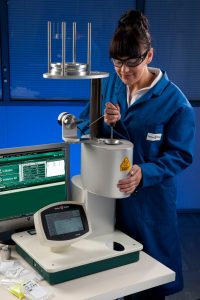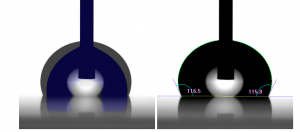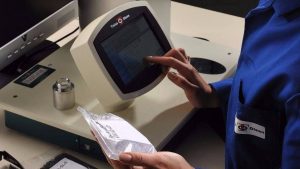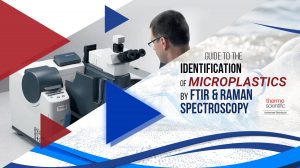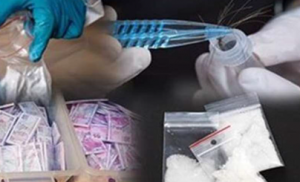Date: 18th August 2021 Time: 08.00 am-09.00 am (Malaysia Time) Introduction to Melt Flow Indexer and working principle Why do measure Melt Flow Rate and how does it improves the manufacturing process Discuss the different types of test standards, methods & results How to get accurate, repeatable MFI test results Live Q&A Session to interact…
When we talk about “Dynamic Contact Angle” (DCA), there are two quite different subjects that may be addressed:
– Time-Dependent Contact Angle (tDCA)
– Motion-Dependent Contact Angle (mDCA)
How Does Melt Flow Indexer Works? It heats and compresses thermo-softening resin, then measures resin extrusion rate through an orifice, under carefully carefully controlled conditions such as..
Date: 16th June 2021 Time: 03.00pm-04.00pm (Malaysia Time) Formulating pharmaceuticals often involves balancing almost contradictory requirements, eg. a cream should not be too low in viscosity, but still spread well; nasal sprays should atomize fully, but at the same time remain in situ after application; injectable drugs need to be low enough in viscosity…
Date: 16th June 2021 Time: 10.00pm-11.30pm (Malaysia Time) This webinar explores the innovative use of current and future composites, in the development of exoskeleton technology, in the company of Dr Matt Dickenson, Senior Lecturer of Engineering at the University of Central Lancashire. Dr Dickenson is currently developing a groundbreaking exosuit, utilising 3D printing technology,…
Research, production and analytical laboratories worldwide rely on spectroscopy and other characterization tools for the rapid development of new innovative materials and the efficient qualitative and quantitative analysis of those materials. This is evident in areas such as forensics, polymers, food & beverage, and pharmaceuticals. With these tools, labs can identify dangerous substances, support polymer…
What are Microplastics? A microplastic is a small piece of plastic that is <5 mm in size. Plastics that measure under 100 nm are regarded as nanoplastics. The presence of microplastics in the environment and our food chain is of growing concern. This has led to increased testing for the presence of microplastics in a…
Date: 21st April 2021 Time: 10.00pm SGT High-performance thin-layer chromatography (HPTLC) is the method of choice for the analysis of complex and variable samples. Conventionally, manual user intervention is necessary between each step of the HPTLC workflow. With the CAMAG HPTLC PRO System, the era of full automation throughout the entire workflow begins. In this…
Date: 28th April 2021 Time: 2.00-3.30pm Venue: Webinar (Login details to be provided after registration) In this webinar, we’ll introduce 4 different techniques: XRF, XRD, FTIR and Raman, and their applications in forensic case analysis. Sample types include everything from ink to drugs to explosives. All techniques are a non-destructive and require almost no sample…
Biopharmaceutical manufacturers are increasing their testing regimes and increasing their efforts to raise current production levels. However, due to bottlenecks in current testing procedures, it’s not always easy to shorten testing times. In this webinar, Shaileshkumar Karavadra, from Thermo Fisher Scientific, addresses the role of Raman spectroscopy in the rapid release of raw materials through…

